Consumers nowadays are not fazed by fancy packaging. They want products that work. That's why they are also paying more attention to the ingredients that go into cosmetics and skincare products. The clean beauty industry is still largely unregulated. As such, it's essential to have a good understanding of this movement to avoid inauthentic attempts — which can be considered greenwashing — by some companies.
So, what exactly is clean beauty? Here’s everything you need to know about what is clean beauty.
Clean Beauty Definition
Simply put, clean beauty refers to products that do not contain ingredients that have the potential to cause harm to human health.
The list of banned ingredients will vary depending on the country or region. The U.S. FDA has prohibited or restricted the use of 11 cosmetic ingredients. Meanwhile, the European Union has listed over 2,400 prohibited substances that are banned for cosmetic use.
Due to a lack of standardization or consensus, consumers still have to be on the lookout for toxic chemicals that may be in their cosmetic or skincare products.
If you're interested in clean beauty, here are some of the most important ingredients you should steer clear of.
1. Phthalates
Phthalates are chemicals commonly used in shampoos, soaps, deodorants, and nail polish. They are used to lubricate products and increase the adhesion of fragrance to the body.
Studies have found that phthalates may cause endocrine disruption and impact the function of specific organs.
2. Parabens
Due to their antimicrobial properties, parabens are a class of chemicals used as preservatives in cosmetic products. However, there is growing evidence that parabens can mimic estrogen in the body and potentially cause hormone-related conditions.
3. Sulfates
Sulfates are surfactants responsible for creating foam or lather in cleansers, body washes, and shampoos.
Sulfates like sodium lauryl sulfate (SLS) and sodium laureth sulfate (SLES) can be harsh or irritating on the skin. As such, they undergo ethoxylation to make them less harsh. This produces a by-product called 1,4-dioxane, which the FDA has classified as a potential carcinogen.
4. Oxybenzone
Oxybenzone is a chemical commonly found in sunscreens. It provides sun protection by acting as an ultraviolet (UV) light filter. Studies have found that oxybenzone can cause allergic reactions and hormone disruption. There is also evidence that oxybenzone may be dangerous to corals and marine life.
5. Formaldehyde
Formaldehyde is a preservative used in cosmetics and hair treatments. Exposure to formaldehyde is considered dangerous as it is a known carcinogen.
6. Artificial Fragrances
Preservatives and other chemicals used in cosmetics can produce strong odors. That is why most will usually add artificial or synthetic fragrances to cover it up. However, fragrances can cause adverse health effects and become air pollutants.
7. Triclosan
Triclosan is used as a preservative in cosmetics due to its antibacterial properties. It is also used as a sanitizing agent in mouthwash and hand-wash products.
Researchers have found that triclosan can impact one’s immune function. Due to its resistance to degradation, the chemical poses an environmental hazard.
Differentiating Clean Beauty
Clean beauty is still a relatively new concept. As such, some people may confuse it with other beauty industry movements such as green beauty, organic beauty, vegan beauty, sustainable beauty, and cruelty-free beauty.
While these movements can be complementary, they still have key differences.
Clean Beauty vs Green Beauty
Some consider green beauty the predecessor of clean beauty. Green beauty is similar in that it does not use ingredients considered toxic or harmful.
However, green beauty standards are more stringent. That's because green beauty companies also focus on sustainability in sourcing, manufacturing, packaging, and handling their products.
While many green beauty products can be considered clean beauty, not all clean beauty products can be called green products.
Clean Beauty vs Organic Beauty
Organic beauty uses pure ingredients found in nature. This also means that no pesticides or genetic modifications were involved in the ingredients' production.
Products must contain at least 95% organically-produced ingredients to receive the USDA organic seal. However, certification with the USDA can be costly, so not all companies pursue it.
This is something to think about, mainly as many beauty companies advertise their products as organic but do not have the USDA seal.
Clean Beauty vs Sustainable Beauty
Sustainability refers to ethical practices in the sourcing, manufacturing, and packaging of products. This movement ensures that the production of beauty and skincare products will not cause harm to the environment. This includes the use of non-plastic, biodegradable, and recycled materials.
Sustainability usually goes hand in hand with clean beauty and green beauty. However, they are not automatically sustainable. For instance, cultivating clean and green ingredients such as soybean requires a lot of land to grow — which could contribute to deforestation.
Clean Beauty vs Cruelty-Free
Cruelty-free means that the products were not tested on animals during development. It can also mean that products do not use raw materials sourced at the expense of animals.
Clean beauty brands are not required to be cruelty-free, but you will see that many of them do not test on animals.
Clean Beauty vs Vegan Beauty
Vegan beauty does not use ingredients sourced from animals or created as by-products by animals.
Some clean beauty products can be vegan. However, many clean beauty brands also use non-vegan ingredients such as beeswax, lanolin, collagen, snail mucin, and animal-derived glycerin.
Clean Beauty: Important Points to Consider
In general, the move towards clean beauty can lead to more responsible and conscious consumption. Since the movement is still new, there are some important points to consider.
Not all chemicals are harmful. Even water and oil are chemicals. So it might be impossible to avoid chemicals in your beauty products altogether. In some cases, the use of chemicals may even be more sustainable.
For instance, the demand for clean ingredients may create an additional environmental burden. Preservatives also increase the shelf life of beauty products, so you won't have to buy them as often. Creating a balance between clean and traditional beauty may be beneficial in such cases.
The clean beauty industry is still largely unregulated. As such, we cannot be sure if a company abides by clean, green, or sustainable standards. Some brands might engage in greenwashing and use the clean beauty trend for marketing purposes. As such, consumers still have to be on the lookout for toxic chemicals that might be in our beauty products.

Frequently Asked Questions
What Is Considered Clean Beauty?
Clean beauty products do not contain synthetic chemicals that could pose a threat to human health. Look out for ingredients such as phthalates, parabens, sulfates, oxybenzone, formaldehyde, artificial fragrances, and triclosan.
Why Is Clean Beauty So Popular?
The use of synthetic chemicals in beauty products may have contributed to the increased prevalence of sensitive skin — around 60% of women and 50% of men. As such, more people are looking for products that won’t harm or irritate their skin. Clean beauty focuses on natural ingredients that can soothe, heal, and protect our skin.
Is Clean Beauty A Trend?
Clean beauty is one of the fastest-growing trends in the beauty industry. It has had a significant impact on the perspective and purchasing behaviors of consumers. Specifically, consumers are becoming more aware of the harmful effects of certain chemicals. They are making conscious decisions to avoid products with these ingredients.
Who Should Switch To Clean Beauty?
Clean beauty can be beneficial because you are using products with safer and non-toxic ingredients. Those who have had bad experiences with traditional beauty products — such as irritation, dryness, and acne — might want to consider giving clean beauty a try.
Kickstart Your Clean Beauty Journey
With a better understanding of clean beauty, you can now decide whether it suits you.
Ascribing to clean beauty doesn’t mean completely throwing away products that don’t fit the bill. You can always kickstart your clean beauty journey with a gradual transition. Start with skincare products that you use most often or that your skin comes into contact with the most — such as face creams, body lotions, and sunscreens.
Then, as the need arises, start choosing cleaner alternatives to traditional skincare products. Although there is no guarantee that clean beauty is superior to other beauty movements, it can bring you peace of mind knowing that you are not exposing your body to harmful or toxic ingredients.


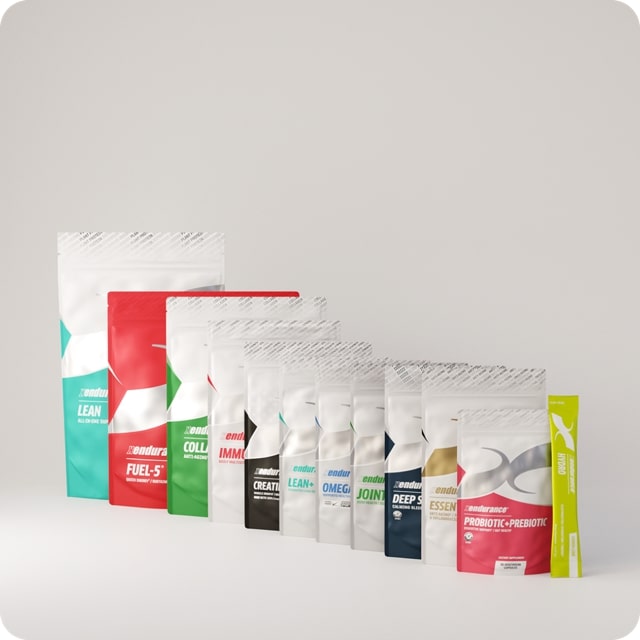
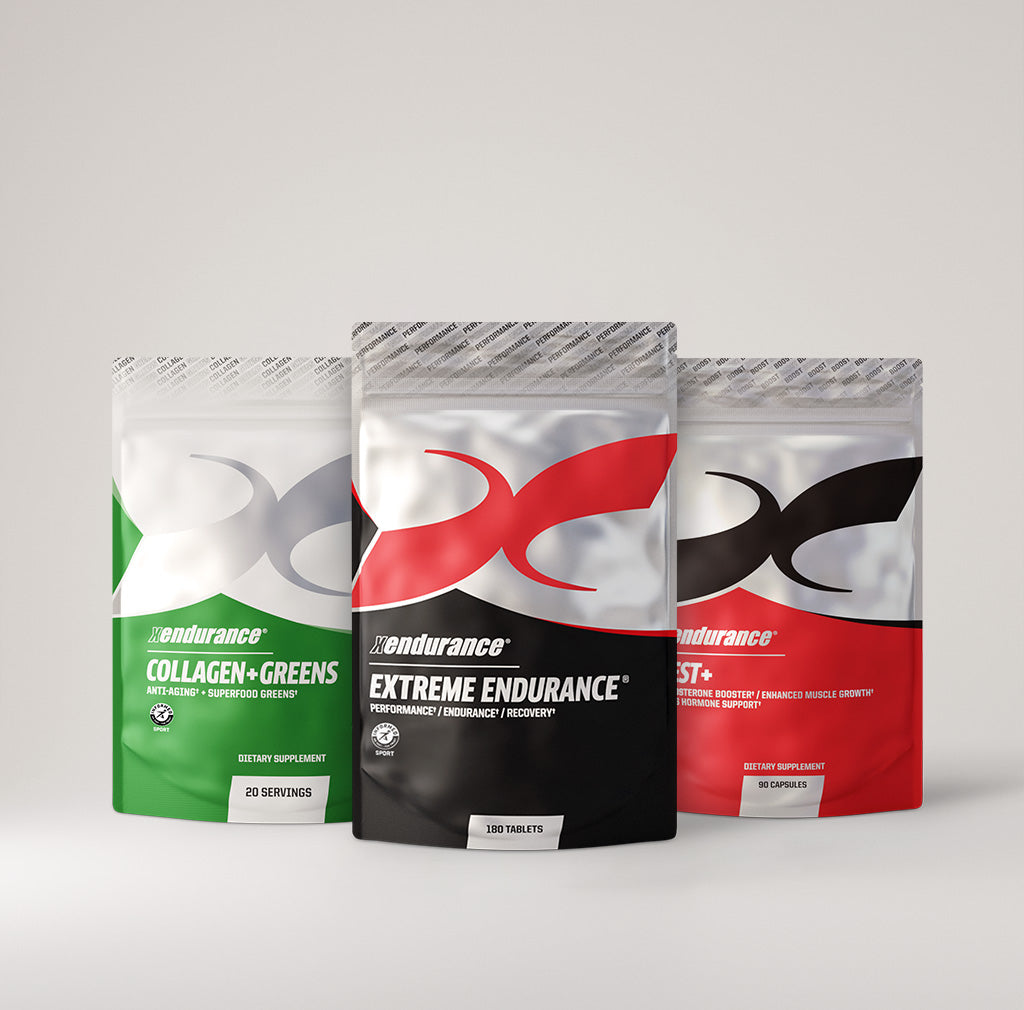
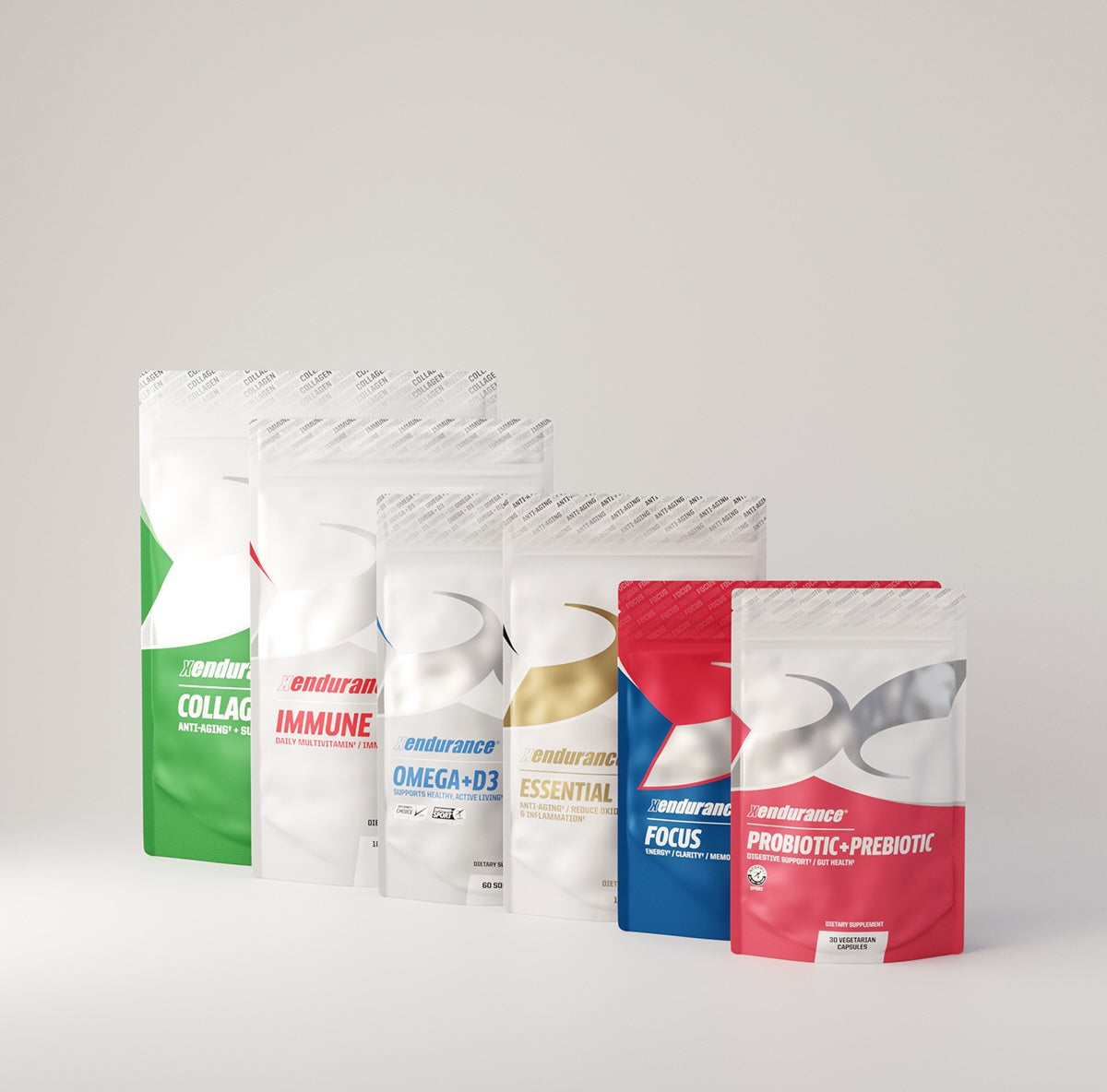
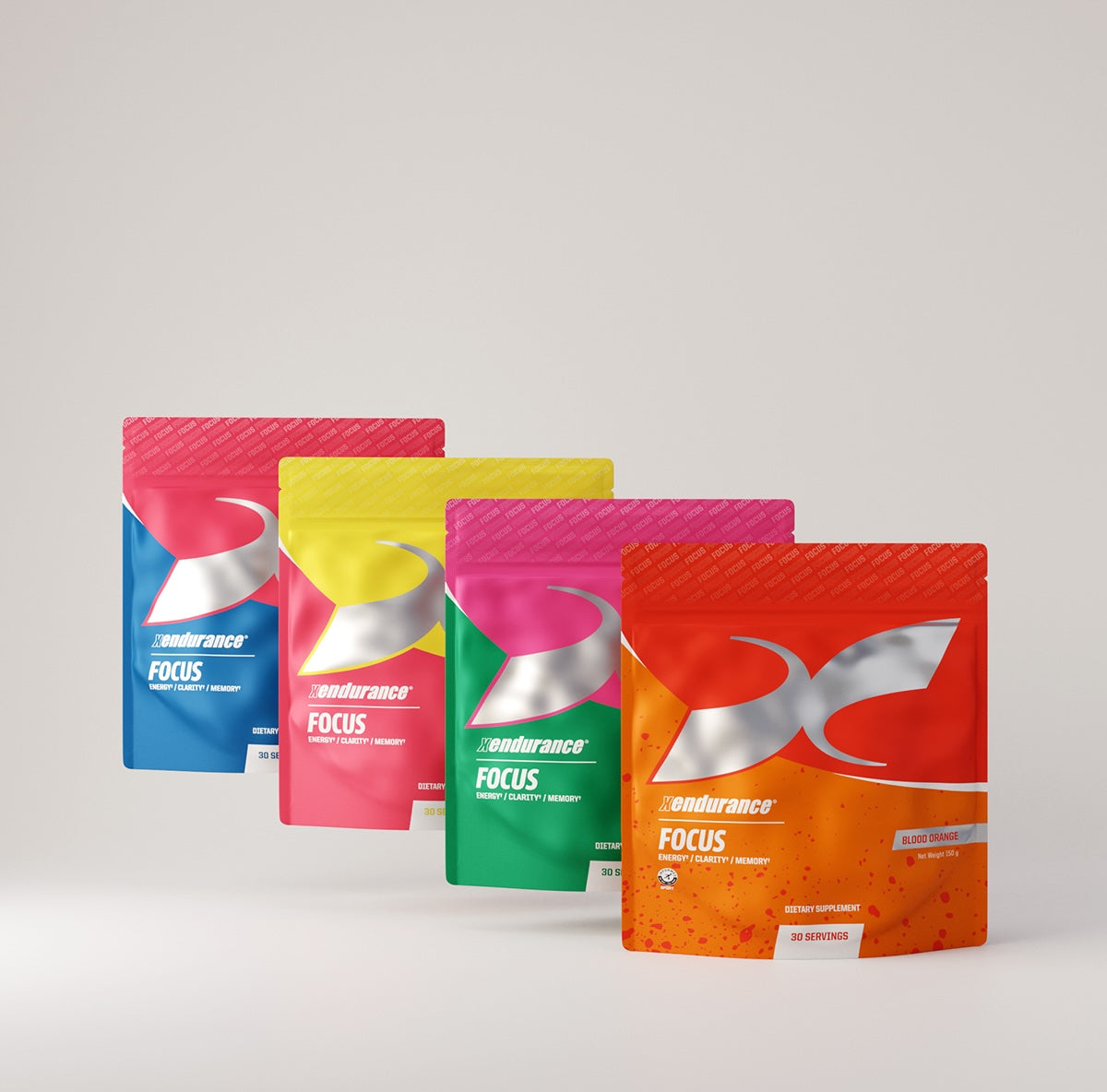
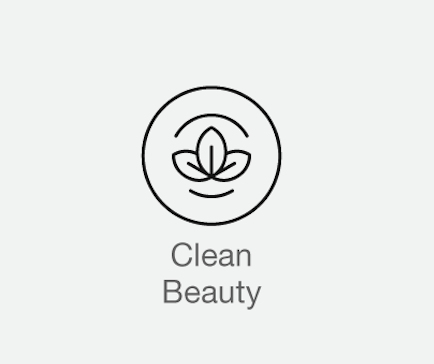

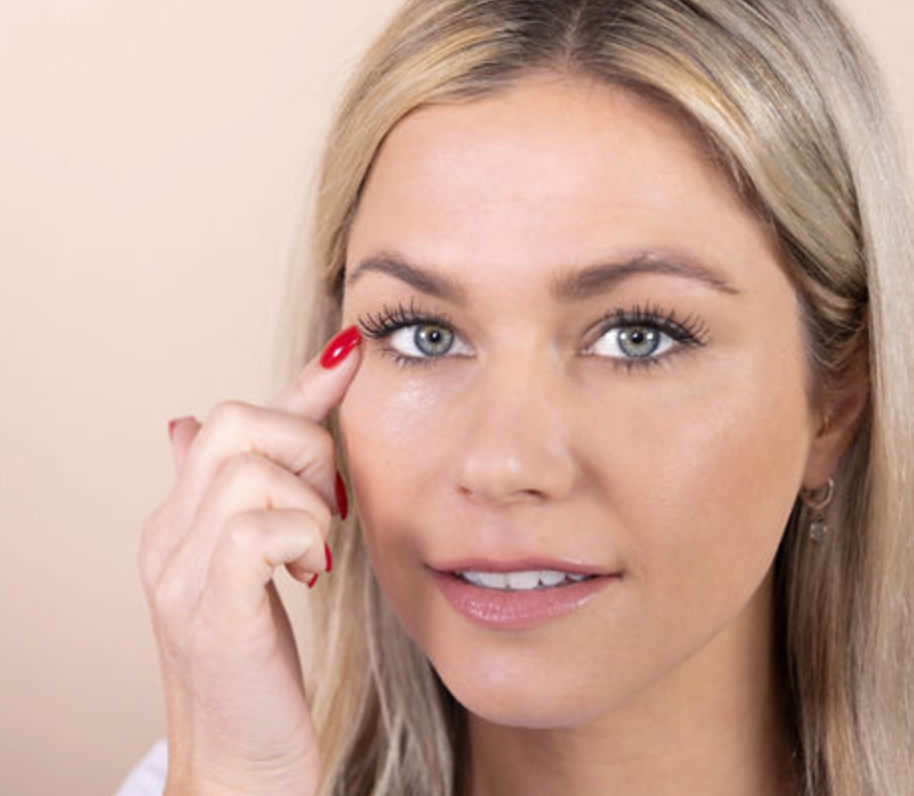
Leave a comment
This site is protected by hCaptcha and the hCaptcha Privacy Policy and Terms of Service apply.